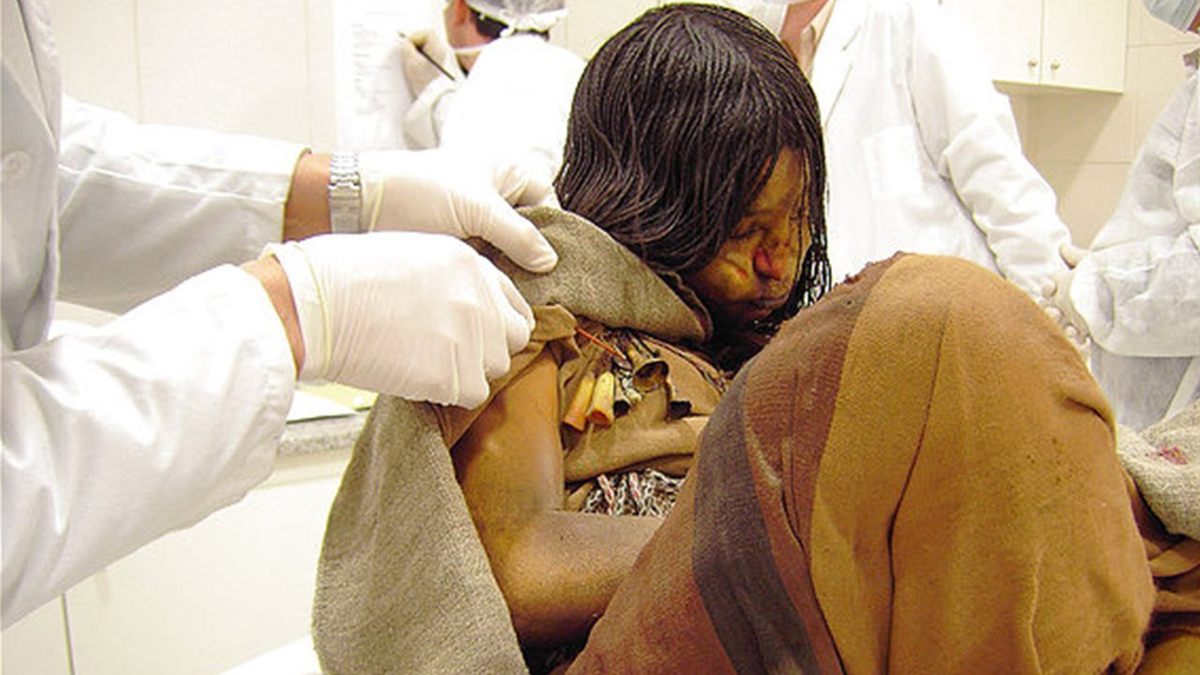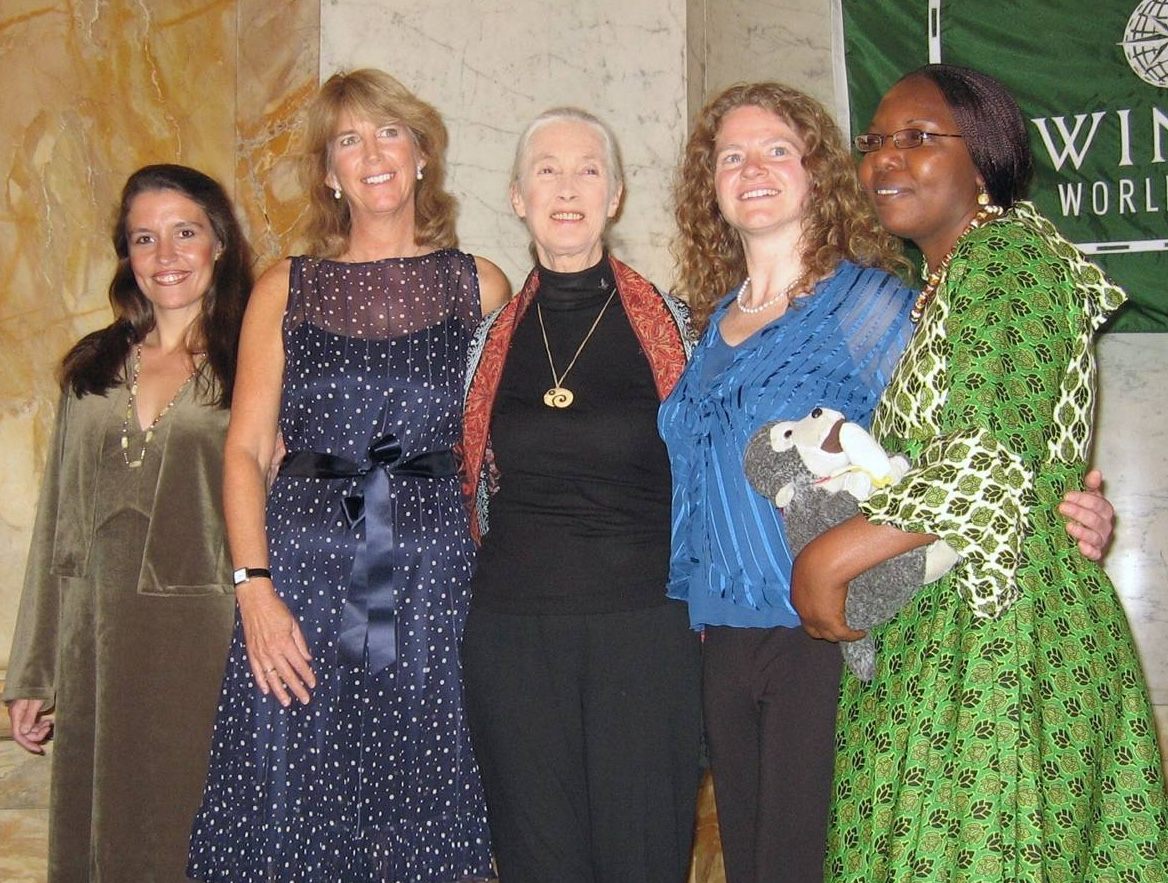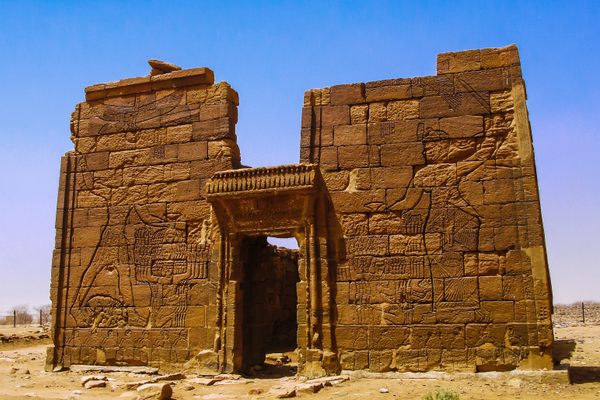In High Altitude Archaeology, One Woman Isn’t Scared of Heights—Or Mummies
Even when those mummies still have skin, hair, and clothing.
In the late summer of 1998, archaeologist Constanza Ceruti was standing on the summit of the 19,101-foot-tall Mount Misti, an active volcano in Peru’s Andes Mountains, searching for artifacts. It was early on in her high-altitude archaeology career—the specialized study of material remains at sites above 17,000 feet. She’d been at Mount Misti for a month, working under American anthropologist and archaeologist Johan Reinhard, facing harsh sun, little (if any) wind protection, and low levels of oxygen. The team was there to excavate the remnants of an ancient Inca capacocha, a sacrificial ritual site. They’d uncovered pieces of ceramic pottery, small figurines crafted from shells, and the bodies of several males and females. “Not only was the location spectacular,” said Ceruti, “but it was also one of the most extensive examples of Inca offerings and burials ever found.” From that point on, Ceruti was hooked.
Over the past 25 years, Ceruti has become a world-renowned high-altitude archaeologist—conducting and leading numerous excavations above 19,500 feet. One of the first prominent women in what’s still very much a male-dominated field, “with few exceptions,” says Ceruti, she has conducted research on towering peaks in Egypt, the Himalayas, Peru, and Greenland. Ceruti then interprets what she finds to the larger story of these ancient cultures—or at least tries to before looters or the effects of climate change destroy them forever. Her work has taken her from Corsica’s highest peak, where she walked with pilgrims to the mountaintop shrine of Our Lady of the Snows, to the summit of northern Argentina’s Mount Quehuar, where she helped rescue the remains of a mummy nearly destroyed by treasure hunters. It’s a job that’s demanding, strenuous, and often dangerous, but for Ceruti, it’s also one that’s extremely rewarding.
“What Constanza has been doing for a long time is looking beyond the places that, as archaeologists, you would expect to find stuff,” says David Hurst Thomas, a senior archaeology curator at New York City’s American Museum of Natural History. Ceruti works to transcend “the ordinary archaeology questions that most of us ask.”
However, Ceruti often finds herself the odd person out in what’s already a small, largely male field. Early in her career, photographs showing her co-directing archaeological work above 21,000 feet were left out of a prominent publication highlighting the project, though images of male students and collaborators—none of whom were professional archaeologists, like Ceruti—were featured throughout the spread.
“When I asked about the omission,” she says, “I was told that I looked like ‘a teenage girl,’ and that a photo of me would ‘make the work look easy.’” But such blatant misogyny hasn’t stopped Ceruti.

Ceruti first began mountain climbing in 1996, right after completing her studies in anthropology and archaeology at the University of Buenos Aires that same year. That was also when Ceruti embarked on one of her first notable archaeological ascents: the summit of northern Argentina’s 18,000-foot-tall Mount Chuscha. To reach the mountain top, Ceruti trudged up steep, snow-covered inclines, covering long distances between stops. The climb was a difficult one, though Ceruti felt fine physically. It was almost as though she was made for high altitudes. Soon enough—she found herself scaling towering peaks from Morocco to Costa Rica, each time building up a higher tolerance to elevation.
Despite her relative ease at adapting to a mountain’s adverse conditions, Ceruti is quick to attest that high-altitude archaeology isn’t for the faint of heart. The weather conditions on summits can change in an instant, with bluebird skies one minute and a thundering snowstorm the next. The work is time-consuming, and a combination of little oxygen and low atmospheric pressure can make it difficult to think and concentrate, as well as sustain energy. Then there are the physical factors.
Early on, “we were always our own porters during the first part of the expedition,” she says, constantly ascending and descending slopes to transport food and instruments to the higher sites. Since suitable mountaineering gear, such as soft-shell climbing pants and fleece jackets, were often in short supply (“And too expensive for archaeologists,” says Ceruti), she often donned a simple pair of cotton leggings in temperatures that could drop to -40 degrees Fahrenheit.
Tent camping is the norm for most high-altitude expeditions. “Being the only woman,” she says, referring particularly to when she was first starting in the field, “I slept alone in a personal tent.” Ceruti’s male team members, however, could share larger tents, which in turn generated more body heat and kept them more snug in freezing nighttime temperatures.

Overall, says Ceruti, “Our archaeological research is under conditions in which most human beings are unable to survive, let alone work.” Alpinists typically train for months, if not years, in preparation to scale a prominent peak, where they’ll often stay atop for only a few hours at most. But for Ceruti, who sometimes spends weeks at a time atop a mountain, the archaeologist’s substantial high-altitude experience is essential.
Ceruti is of Andean descent, so mountains, she says, are in her blood. “I’ve been blessed by my genes,” says Ceruti, “to be able to both tolerate and adapt to high altitude fairly easily.” Though she humbly claims not to be particularly athletic, Ceruti has spent most of her adult life in Salta, a gateway to the Andes that sits at 3,780 feet above sea level. Here she climbs the city’s steep hills on a regular basis. She also walks about 10 miles a day when visiting Buenos Aires, where she’s a member of the prestigious National Academy of Sciences and attends their scientific meetings regularly. Ceruti’s membership was well-earned, following what was perhaps her most notable co-discovery: the 1999 excavation of three exquisitely preserved Inca mummies, known as the Children of Llullaillaco.
Just a year after their find atop Mount Misti in 1998, which was only two years into her high-altitude fieldwork, Ceruti joined Reinhard and a group of students and collaborators atop the 22,200-foot-tall Mount Llullaillaco. On the summit of the dormant volcano which straddles the border of Argentina and Chile, the team discovered an Inca sanctuary used for religious purposes that had been left untouched for more than 500 years.
“We knew that the volcano was home to the highest archaeology [site] ever discovered,” says Ceruti, “but when it came time to survey it, we had no idea that we would be finding the bodies of three Inca children.” Thanks to the peak’s permanent ice field, as well as its extremely cold weather, low humidity, and lack of microorganisms, those bodies were also extremely well-preserved. Today, they are the best-preserved mummies archaeologists have ever uncovered. Along with their organs virtually intact, all of their skin, hair, and clothing had been preserved in almost perfect condition. When Reinhard, Ceruti, and the team found them, the bodies looked as though they had just died. “Or even as if they were asleep,” says Ceruti.

Because volcanic ashes surrounded the mummies, they were easy to excavate using trowels and brushes. Then, the team’s local mountain guides, Arcadio Mamani, his brother Ignacio Mamani, and his nephew Edgar Mamani (“The strongest members of our team,” says Ceruti) carried the bundles of mummies on their backs to the mountain’s base. There, Cultural Heritage authorities met them with dry ice, and together they transported them to a laboratory at the Museum of High Mountain Archaeology (MAAM) at the Catholic University of Salta, where Ceruti teaches Inca archaeology.
However, for more than a decade, MAAM failed to mention Ceruti as a co-director of the discovery. (Now a small sign lists her role in the expedition.)
“When I started working in the mid-90s, there were always the skeptic armchair archaeologists who evaluated my proposals negatively because I was a woman working on high mountains,” she says. But through what Ceruti describes as sheer perseverance (“Very much like climbing a steep mountain,” she says), she’s made quite a name for herself—writing numerous books, contributing to papers in nearly 200 scientific journals, and receiving a wealth of awards for her archaeological contributions, including the Gold Condor Award for special aptitude in mountaineering—the first Argentine woman to ever receive this honor.
“For many years our profession was a macho field dominated by guys,” says the American Museum of Natural History’s David Hurst Thomas. “Now that’s all changed pretty dramatically. It really is women who are doing much of the good archaeology these days.”

When it comes to the field of general archaeology, Ceruti agrees. Still, she says, the specific field of high-altitude archaeology remains riddled with obstacles for women, from securing funding for their work to garnering recognition for their findings. “As the one being targeted,” says Ceruti, “mobbing [or bullying] in science can be a very difficult thing to deal with.”
Nonetheless, in 2012, Ceruti joined the ranks of other pioneering women, including American marine biologist Sylvia Earle, German-British author Andrea Wulf, and alumni such as Amelia Earhart and Eleanor Roosevelt, in the Society of Women Geographers (SWG). This 500-plus member, global community of women, all of whom have made significant contributions to geographical exploration and research (from stabilizing Namibia’s wild cheetah population to assisting in the excavation of Egyptian antiquities), will be celebrating its 100th anniversary in 2025. “Our members are all kinds of incredible women,” says Susan Leonard, a former SWG president. “Both those who’ve made names for themselves, like Ceruti, and others who quietly do the work that needs to be done in order to discover all of these amazing things.”
After 25-plus years of surveying mountaintop shrines, Ceruti’s interests have more recently shifted into cultural anthropology and studying symbolic aspects of mountains. This includes everything from the myths and legends surrounding them to various pilgrimages and rituals. But this doesn’t mean she’s going to stop climbing anytime soon.
“The mountains are always calling me,” says Ceruti.



















Follow us on Twitter to get the latest on the world's hidden wonders.
Like us on Facebook to get the latest on the world's hidden wonders.
Follow us on Twitter Like us on Facebook